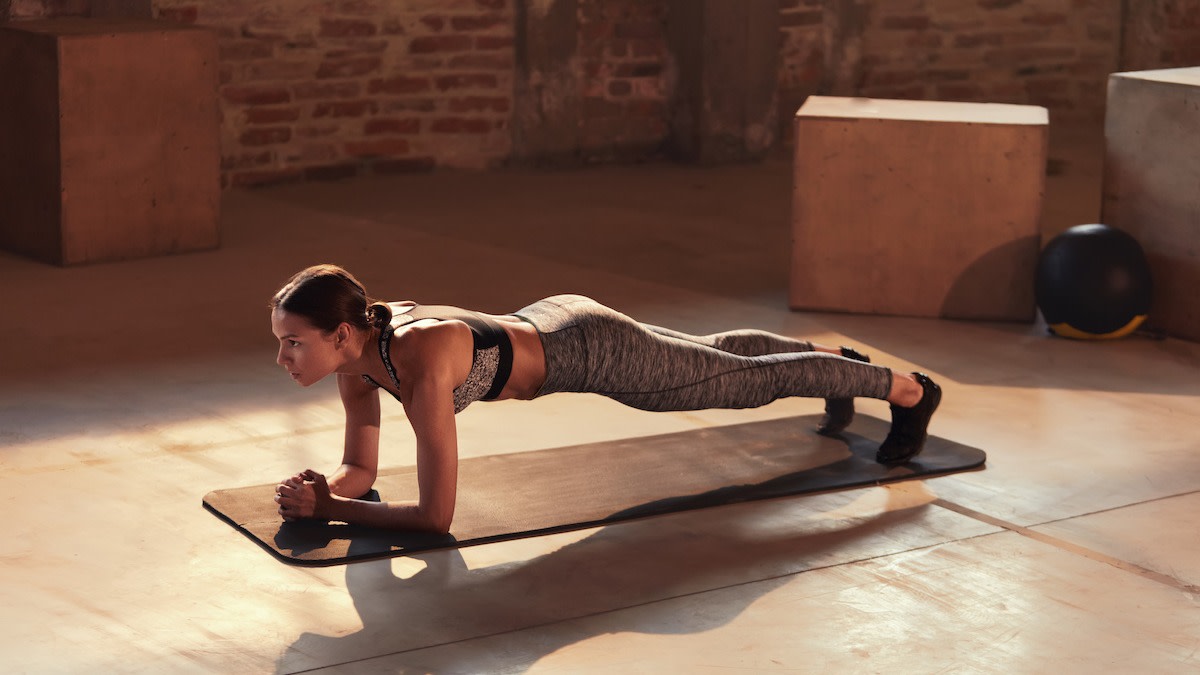Posture Exercises: 5 Exercises to Improve Your Posture
Written by MasterClass
Last updated: Dec 20, 2021 • 3 min read
Integrating posture-improving exercises into your daily routine can promote overall wellness.
Learn From the Best
3 Benefits of Proper Posture
Proper posture is essential for your overall health and wellbeing. Some of the most prominent reasons for maintaining good posture include:
- 1. Improves functionality: Proper posture allows your hips and legs to function efficiently. Prioritizing posture benefits all body parts from your head to your toes, but your hips and legs can work with ease when your spine is in alignment.
- 2. Reduces pain: A misaligned spine can cause lower back pain, neck pain, and muscular imbalances. Improving your posture can provide pain relief in those areas.
- 3. Supports muscles: Maintaining correct posture supports your muscles and can help to strengthen your back muscles and abdominal muscles equally, resulting in a more balanced physique. Strength training can help you to achieve this goal.
How to Assess Your Current Posture
Ask a friend to take pictures of you standing (from the front and from each side), then ask yourself the following questions to assess your current posture:
- 1. Note the position of your head. Your head should be centered between your shoulders rather than tilting or leaning to one side. A forward head posture is typical for people who sit at a desk or computer all day. Ensure your head is directly centered over your body. To improve your sitting posture, evaluate your ergonomic desk setup.
- 2. Check the leveling of your shoulders and hips. Your hips and shoulders should be level, and when standing forward, the right and left sides of your body should be equally aligned.
- 3. Examine the squareness of your torso area. The torsos of people with poor posture tend to twist back on one side. The whole abdominal area should be square to the front when facing forward.
- 4. Check your spinal curve. Your spine should naturally form a subtle “S”-curve from your neck to your tailbone. If you work at a desk, you can use accessories to support postural muscles, such as a lumbar pillow for your mid-back.
- 5. Determine the position of your pelvis. You want your pelvic bowl to be neutral rather than tipped up or down. Imagine that your pelvis is a bowl of water, and you’re trying to keep it level so as not to spill the water.
5 Exercises to Improve Posture
Bad posture can affect your physical and mental health in multiple ways. Try the following strengthening exercises and yoga poses for better posture:
- 1. Cat-cow: The starting position for the cat-cow stretch is a tabletop pose with your hands directly underneath the shoulders and knees underneath the hips. Inhale, slowly move your head, gaze upward, and drop your belly and low back toward the ground. Exhale while moving in the opposite direction by tucking your chin and arching your spine. Move through at least three rounds of this, ending in a neutral tabletop position.
- 2. Child’s pose: For child’s pose, sit on your knees and spread your knees wide enough for your upper body to lie down between them. Touch your big toes together behind you and begin to rest your upper body towards the ground. Bring your arms over your head and rest your hands on the ground, palms down. You can rest your forehead on the floor, a book, or a block. Take a few deep breaths.
- 3. Chest stretch: For an easy chest stretch, stand or kneel facing forward, clasp your hands behind your back, and encourage your shoulder blades to come together on your back. This opens the heart area, stretches the chest muscles, and reverses naturally-occurring slouching. This simple chest opener is great to do multiple times throughout the day.
- 4. Forward fold: For the uttanasana pose, assume a standing posture with your feet hip-width apart, lift your arms above your head and then slowly fold forward and reach your arms toward the ground. Keeping your knees bent, let go of the tension in the upper back, head, and neck, and lengthen forward. Reach your hands outside of the shins, to the ground, or grab opposite elbows and sway back and forth. Feel the stretch in your hamstrings and hip flexors, and breathe deeply for at least five inhalations and exhalations.
- 5. Plank position: Exhale, bring your hands to the ground, and step back into a plank pose (also known as a high pushup) by tucking your toes and pressing the heels back. Keep your shoulders directly above the wrists.
Want to Dive Deeper Into Your Wellness Journey?
Throw on some athleisure, fire up a MasterClass Annual Membership, and get ready to sweat it out with exclusive instructional videos from Nike Master Trainer and GQ fitness specialist Joe Holder. Want to improve your cardiovascular endurance? Give Joe’s HIIT workout a go. Trying to get a little swole? He’s got a strength training workout for that. From fitness tips to nutrition hacks, Joe will have you feeling healthier in no time.
